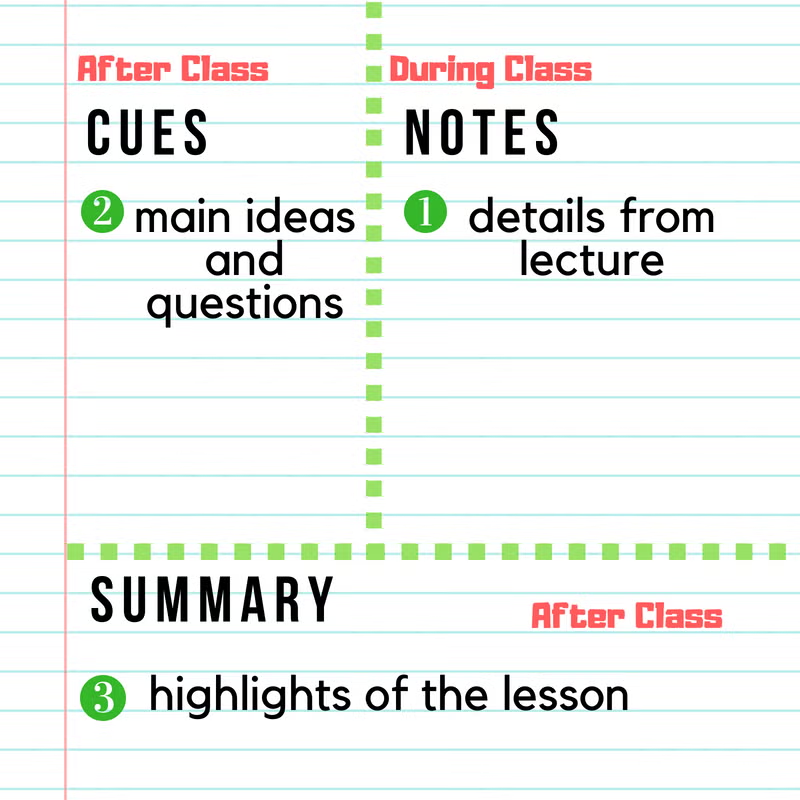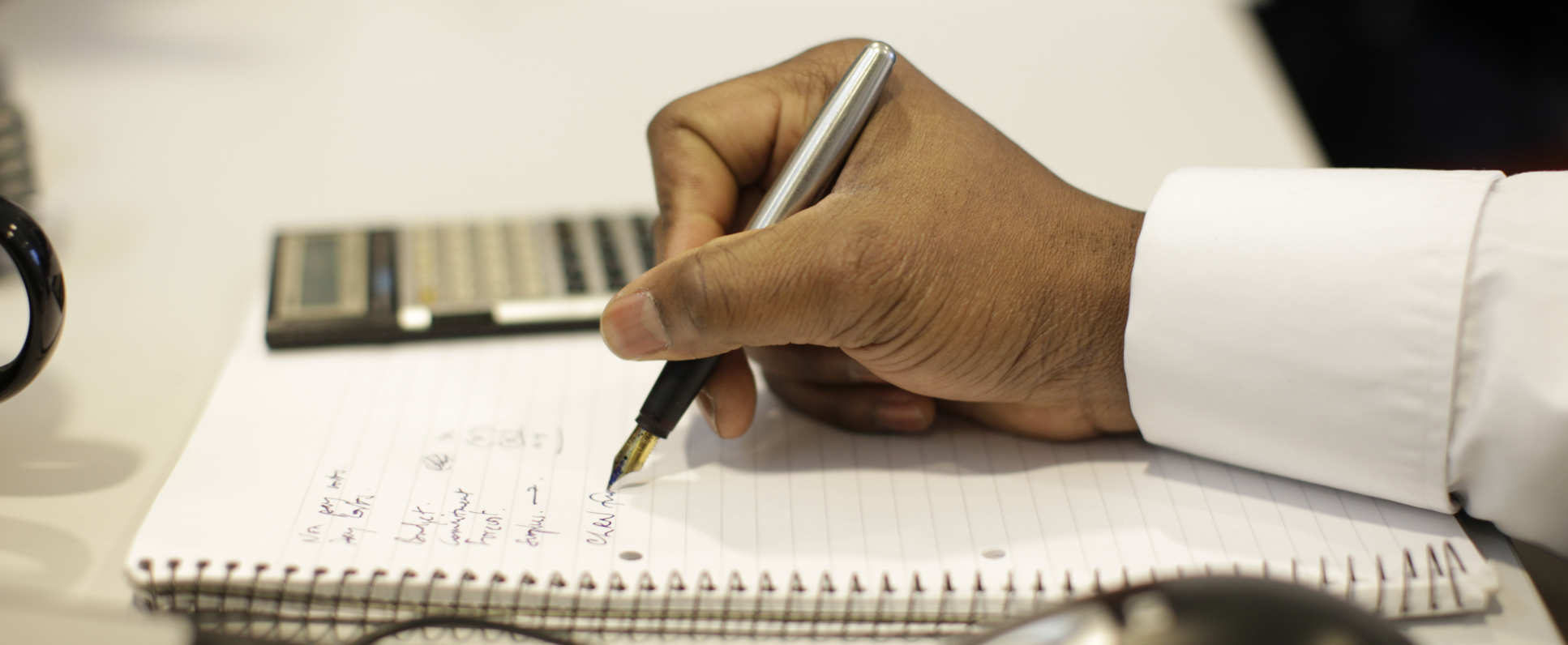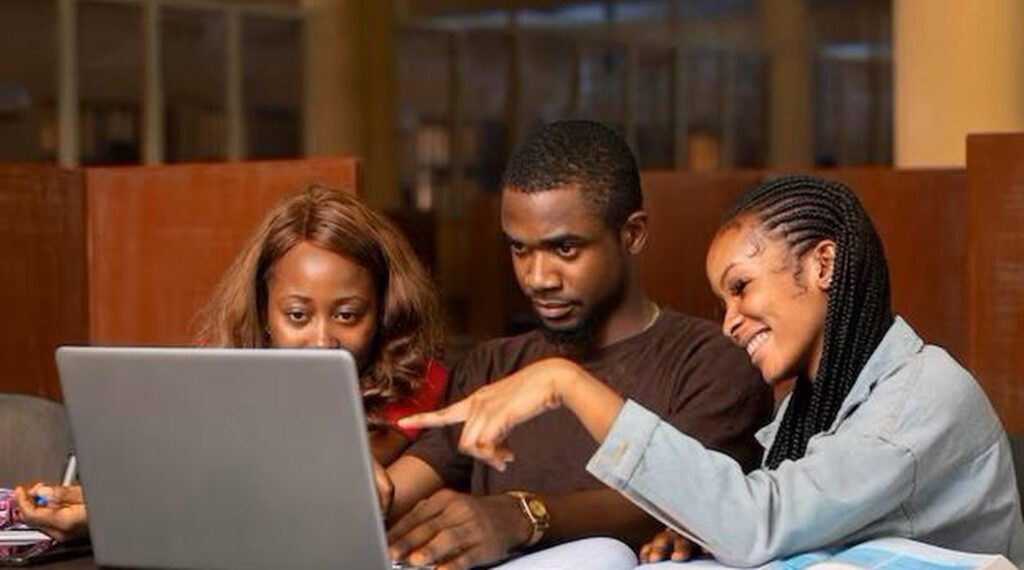How to Take Effective Notes During Lectures: Taking notes during lectures is an essential skill for university students, especially in Nigeria where lecture halls can be large and lecturers speak quickly. Effective note-taking helps you remember key points, understand the subject better, and prepare for exams. Moreover, note taking is art that can help you beyond class room. It is an area of your life you may need to develop better. You see, if you ever become a secretary of any organisation, you will see yourself making notes of minutes.
In some profession like medicine where you also document cases for your seniors during ward round, you also need to know how to write faster and possibly, what anyone that accesses the case note later will understand to know how to continue the case management.
This guide will explain how Nigerian university students can take better notes during lectures to improve their academic performance.
Table of Contents
Why Taking Notes is Important
There is a saying that the shortest pen is better than long memory. This has stood the test of times as many who seem to have good memory have overtime forgot what they read in parts or completely. How to Take Effective Notes During Lectures is easy if you know the importance. Notes help you capture important information that you might forget after the lecture. They serve as a personal study resource and help you stay focused during class. When you write notes, you engage your brain more deeply, which improves learning and retention. Without good notes, it can be hard to recall what was taught or understand complex topics later on.
Also, you will be helping any other person who may come across your note with the information in it if you you know how to Take Effective Notes During Lectures. It can also help you make more addition to what is said in classes, especially if you go to look up for the information in a textbook.
Prepare Before the Lecture
How to Take Effective Notes During Lectures starts with preparation. Preparation is key to taking effective notes. Before attending a lecture, try to do the following:
- Read the course material in advance: Go through the textbook, syllabus, or previous notes to have an idea of what the lecture will cover.
- Bring the right materials: Always carry a notebook or a laptop, pens, pencils, highlighters, and any other stationery you prefer.
- Choose a good seat: Sit where you can hear and see the lecturer clearly, usually near the front or center of the lecture hall.
- Clear distractions: Put away your phone or set it to silent mode to avoid interruptions.
Preparing this way helps you stay alert and ready to focus on the lecture content.
Choose a Note-Taking Method
How to Take Effective Notes During Lectures as a Nigerian University Student starts with knowing the method that works for you. There are different methods to take notes, and you should pick one that suits your style and the type of lecture. Some common methods include:
- Outline Method: This involves writing main topics as headings and sub-points underneath. It works well for organized lectures.
- Cornell Method: Divide your page into three sections: notes, cues (questions or keywords), and summary. This method helps with reviewing notes later.
- Mapping Method: Use diagrams or mind maps to connect ideas visually. This works well for subjects with many related concepts.
- Sentence Method: Write down each point as a full sentence. This method can be slower but good for detailed information.
Experiment with these methods to find what works best for you.

Listen Actively
Good note-taking starts with active listening. Pay close attention to what the lecturer says rather than trying to write everything down. Focus on the main ideas and important details. Look out for verbal cues like “This is important,” “Remember that,” or “For the exam.” Also, watch the lecturer’s body language and slides for emphasis.
Active listening helps you understand the material and decide what to write. It is important to note that you are not writing for writing sake, you are writing because you feel that possible exam questions and answers will be exposed during the lecture. Careful listening during lectures can never be underemphasized.
Use Abbreviations and Symbols
To keep up with the lecture pace, use abbreviations and symbols. It is advisable to use abbreviation that you can remeber and also the ones that are generally acceptable. For example:
- “w/” for with
- “&” for and
- “→” for leads to or results in
- “e.g.” for for example
- “b/c” for because
Develop your own shorthand to write faster without losing meaning. This saves time and allows you to capture more information.
Write Clearly and Organize Your Notes
Make your notes easy to read by using clear handwriting or typing neatly if using a laptop. Knowing How to Take Effective Notes During Lectures as a Nigerian University Student is shown only when your notes still give out the meaning as put forth by the lecturer. Organize your notes using:
- Headings and subheadings
- Bullet points or numbered lists
- Highlighting or underlining important words
- Leaving spaces between topics for adding information later
A well-organized note page makes studying easier.
Include Examples and Diagrams
Lecturers often give examples or draw diagrams to explain concepts. Always include these in your notes because they help clarify complex ideas. If the lecturer draws on the board, try to copy the diagram or sketch a simple version in your notes. How to Take Effective Notes During Lectures as a Nigerian University Student involves knowing what to include in your lecture notes.
Examples and visuals make your notes richer and easier to understand. The diagram made by lecturer in class can serve for more than two pages of notes. Therefore, it is important to make the diagram on your paper for easy recall and assimilation when next you bring the topic to read.
Ask Questions During or After the Lecture
Asking question is a very important aspect of showing presence and active listening because you only need clarafication on what you heard but don’t understand. If you don’t understand something, write down your question in the margin of your notes or a separate notebook. You can then ask the lecturer during the lecture or after class. This ensures you don’t miss important information and shows you are engaged.
Review and Edit Your Notes Soon After the Lecture
Don’t wait too long to review your notes. Within 24 hours after the lecture, read through them to fill in any gaps, correct mistakes, and highlight key points. Reviewing soon helps transfer information from short-term to long-term memory.
You can also rewrite your notes neatly or type them if you took handwritten notes. This revision process improves understanding and retention. Some will wait till the lecturer calls for test or exam before taking time to go through their notes. This is not the best way. Ensure to revise your notes as soon as possible taking them.

Use Technology Wisely
Many Nigerian students now use laptops, tablets, or smartphones for note-taking. Digital notes can be faster and easier to organize. Apps like Microsoft OneNote, Evernote, or Google Docs allow you to sync notes across devices, add multimedia, and search your notes quickly.
However, be careful not to get distracted by social media or games when using electronic devices. This is the hardest part of using electronic device for note taking. You can easily be distracted by social media apps. However, one way to avoid this distraction is disallow your notificcations from the social media platforms. You can stop notification from WhatsApp, Facebook, LinkedIn, etc.
Practice Consistency
Taking good notes is a skill that improves with practice. Make it a habit to attend lectures regularly and take notes every time. Consistency helps you develop speed and find what works best for you. Over time, your notes will become more effective and useful. Do not restrict taking notes to only classroom lectures; you can take notes in church or during other lecture series where you feel it is important for further reading and understanding.
Manage Your Time During Lectures
Lectures often last one to two hours, and the lecturer might speak fast. Device a means to follow the pace of the lecturer while he or she is teaching. Don’t try to write every word. We have listed below what you should focus on capturing:
- Definitions
- Formulas
- Dates
- Names
- Theories
- Key points and examples
Use your judgment to decide what is important. If the lecturer repeats something or writes it on the board, it’s usually worth noting.
Avoid Common Mistakes
There is the danger of trying to write everything in the word of the lecturer without bringing in your own understanding. Just know that the way you make your notes can determine many things and some mistakes can make your notes less helpful:
- Writing everything verbatim without understanding
- Using messy handwriting
- Leaving no space for additions
- Not reviewing notes after class
- Relying only on memory instead of notes
Avoid these to improve your note-taking success.
Form Study Groups
Share and compare notes with classmates. Sometimes, others may catch points you missed or explain things better. Group study also helps clarify difficult topics and motivates consistent studying.
Stay Healthy and Alert
Good note-taking depends on being alert. Ensure you get enough rest, eat properly, and stay hydrated. Avoid attending lectures when extremely tired or sick, as this reduces concentration.
Conclusion: How to Take Effective Notes During Lectures
Effective note-taking during lectures is a vital skill for Nigerian university students. It helps you understand, remember, and apply the knowledge you gain in class. By preparing ahead, choosing the right note-taking method, listening actively, using abbreviations, organizing notes well, reviewing regularly, and avoiding distractions, you can take notes that truly support your academic success.
Remember, practice makes perfect, so keep improving your note-taking techniques throughout your university years. You like what you have read? You see more on our HOW-TO GUIDE Category. See the YouTube Video below for more guide:



